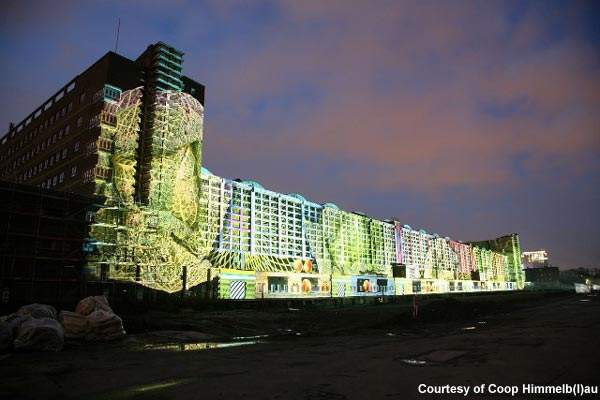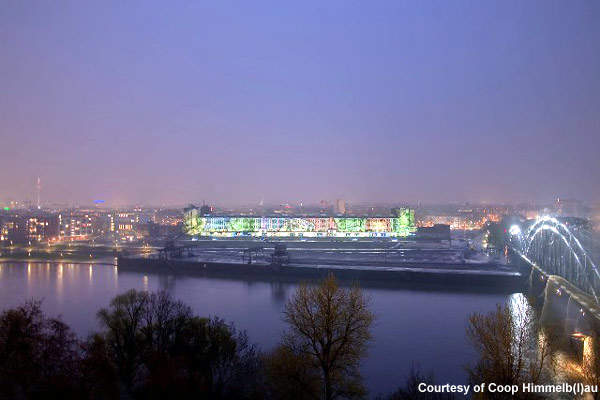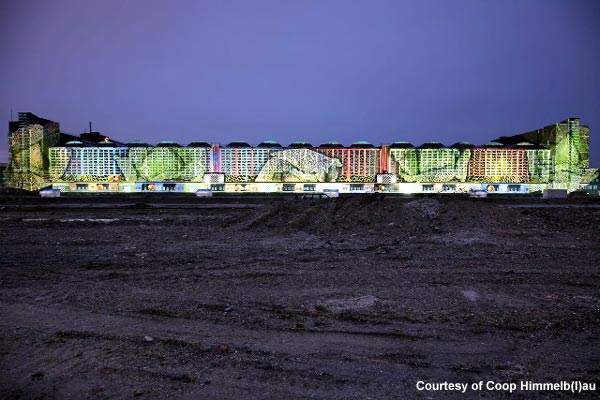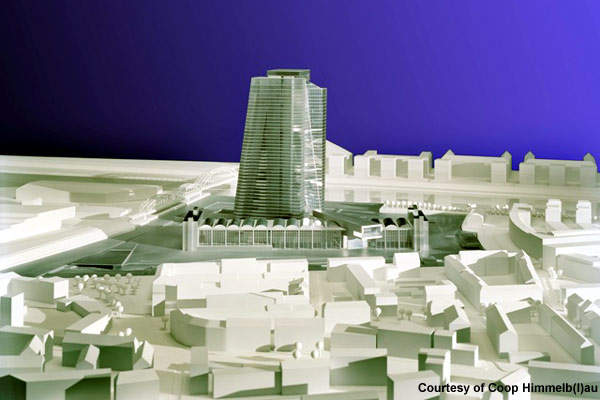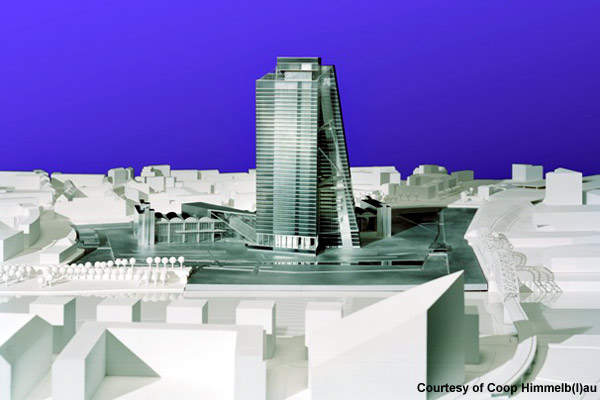The European Central Bank (ECB) realised that it needed a new headquarters with enough space to house 2,300 personnel. After studying more than 35 sites in Frankfurt, Germany, ECB selected the former wholesale market in the east end (Ostend) of Frankfurt, including the Grossmarkthalle building located on the banks of the Main River.
A feasibility study was carried out on this site in 1999 by Jourdan & Müller, a Frankfurt architectural firm. The land purchase was completed in early 2002 and a design competition for the new building was launched in November 2002. In February 2004, the design chosen was Coop Himmelb(l)au, an architect firm in Vienna, Austria.
The design was modified to ensure the use of the Grossmarkthalle building in the design and to moderate the cost of the project to €850m, based on 2005 constant prices. The cost, however, escalated to €1.3bn by the time of completion. Bollinger + Grohmann Ingenieure were the structural engineering consultants for the project.
Project construction began in May 2010 and the topping-out ceremony was held in September 2012. ECB moved into its new headquarters in March 2015.
European Central bank design
The Coop Himmelb(l)au design for the project is composed of three elements with a total floor area of 184,000m². These include the Grossmarkthalle, a high-rise building consisting of two office towers linked by a transparent atrium and an entrance building.
The Grossmarkthalle houses the 11-room conference centre, visitor centre, the staff restaurant, library, foyer and the press centre. The concrete grid structure of the northern and southern façades of the Grossmarkthalle, as well as the red brick northern projection, were refurbished and retained as key design elements in the building.
The western wing was also renovated and the eastern wing had new windows fitted so that the former refrigeration room can be used as offices.
The barrel-vault roof of the Grossmarkthalle was refurbished (two-thirds of the eastern side) and rebuilt (a third of the western side) and the entrance building was integrated into this, linking the new with the old. The Grossmarkthalle is illuminated with decorative lighting effects using technology from Luminale and Casa Magica from Tübingen.
Natural ventilation and a geothermal-assisted heating network enable the new ECB HQ to save 30% in energy. The entrance building creates a distinctive entrance to the north of the building and houses the press conference area.
ECB tower design
The north tower of the new double-tower ECB building is 185m-high with a polygonal shape, has 45 floors and an east-west aspect while the south tower is 165m-high with 43 floors. The communications mast increased the overall height of the towers to 220m.
The double tower formed a new landmark on the Frankfurt skyline. The design of the tower has its origins in an attempt to establish continuity with the urban links of the city.
The double towers appear to envelope one another but still allow an atrium in between. These areas are divided into three with platforms to create space, paths and plazas between the towers. The heights of division are between 45m and 60m.
The connecting platforms, along with bridges, ramps and stairs, promote communication by provided multiple links between the offices of the two towers. The towers are equipped with 18 elevators of various types.
European Central Bank façade
The façade of the new building used clinker, glass and metal. The three-layered hybrid façade acts as an energy-efficient shield to the monolithic glass structure. The façade of the former Grossmarkthalle has been renovated and retains the concrete grid and clinker cladding. It is also fitted with narrow steel windows to match the existing sections of the Grossmarkthalle façade.
Construction
The refurbishment and building of structures within the Grossmarkthalle started in mid-2007. The preliminary construction works at the site were completed in 2008.
The initial works included the demolition of two four-storey annexe buildings and an obsolete railway platform. They also included excavations for the two basement floors of the office towers and the 650-space underground staff car park in the south of the site. Foundation work was completed in October 2008 and involved the insertion of 97 piles and geothermic devices into the earth at depths of up to 37m. The main construction was put on hold in 2008 due to global inflation.

